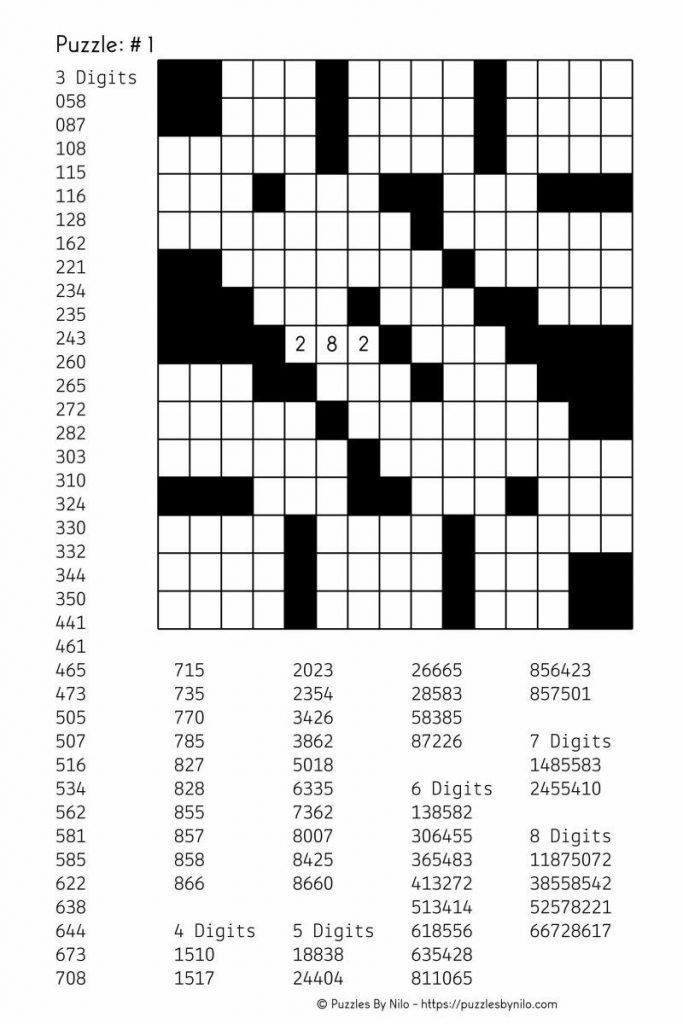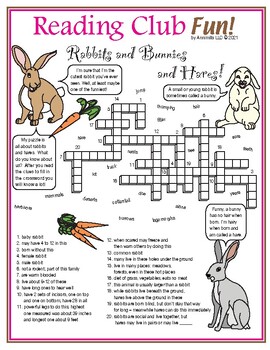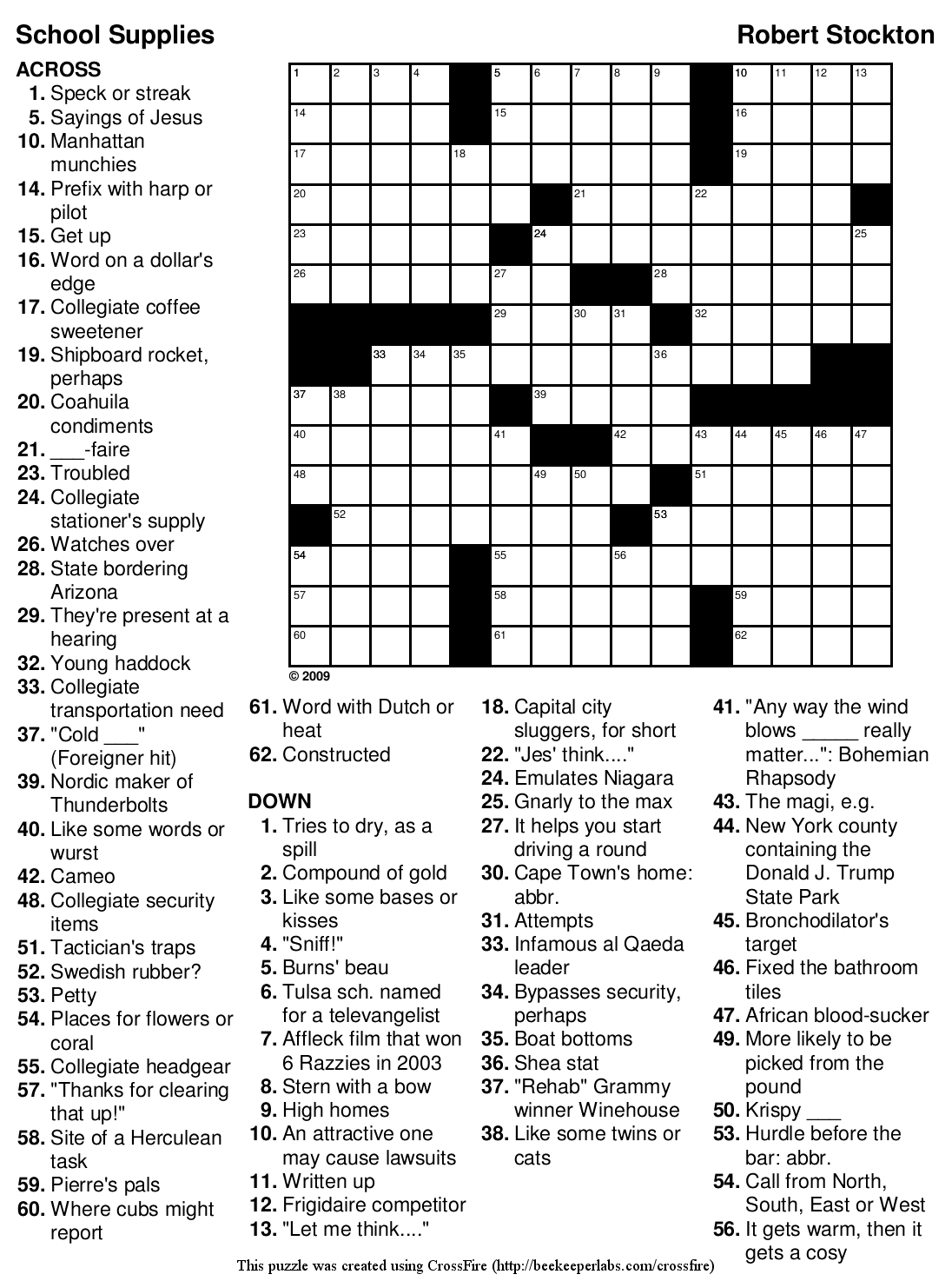
Unlike the first typefaces used to print books in the thirteenth century, coin types were neither combined nor printed with ink on paper, but "published" in metal-a more durable medium-and survived in substantial numbers. The designs of the artists who made the first coin punches were stylized with a degree of skill that could not be mistaken for common handiwork-salient and very specific types designed to be reproduced ad infinitum. Cylinder seals were a related form of early typography capable of printing small page designs in relief ( cameo) on wax or clay-a miniature forerunner of rotogravure printing used by wealthy individuals to seal and certify documents. Cylinder seals were also used to "sign" documents and mark objects as the owner's property.īy 650 BC the ancient Greeks were using larger diameter punches to imprint small page images onto coins and tokens. These metal punch types can be seen as precursors of the letter punches adapted in later millennia to printing with movable metal type. Bricks for buildings and bars or ingots of precious metal were imprinted with a distinctive stamped design the act of stamping the ingots certified them as currency by the power of the authority symbolized by the type image.

The technique of imprinting multiple copies of symbols or glyphs with a master type punch made of hard metal first developed around 3000 BC in ancient Sumer. Movable type traces its origins to the punches used to make coins: the reverse face of a Tetradrachm Greek coin from Athens, 5th century BC, featuring letters and the owl symbol of Athena. The 19th century invention of Hot metal typesetting and its successors caused movable to decline in the 20th century. The printing press may be regarded as one of the key factors fostering the Renaissance and due to its effectiveness its use spread around the globe. The high quality and relatively low price of the Gutenberg Bible (1455) established the superiority of movable type in Europe and the use of printing presses spread rapidly. The printing press was especially efficient for limited alphabets. The metal type pieces were more durable and the lettering was more uniform, leading to typography and fonts. įor alphabetic scripts, movable-type page setting was quicker and more durable than woodblock printing. Gutenberg was the first to create his type pieces from an alloy of lead, tin, and antimony-the same components still used today. The more limited number of characters needed for European languages was an important factor. The diffusion of both movable-type systems was, however, limited: They were expensive, and required an enormous amount of labour involved in manipulating the thousands of ceramic tablets, or in the case of Korea, metal tablets required for scripts based on the Chinese writing system, which have thousands of characters.Īround 1450, Johannes Gutenberg invented the printing press and independently developed a movable type system in Europe, along with innovations in casting the type based on a matrix and hand mould.

This led to the printing of the Jikji in 1377-today the oldest extant movable metal print book. by Bi Sheng (990–1051) during the Song Dynasty following that, the first metal movable-type system for printing was made in Korea during the Goryeo Dynasty (around 1230).

The world's first known movable-type system for printing was created in China around 1040 A.D. Movable type is the system of printing and typography that uses movable components to reproduce the elements of a document (usually individual letters or punctuation).


 0 kommentar(er)
0 kommentar(er)
